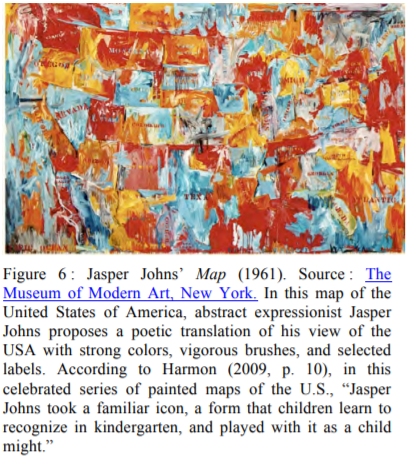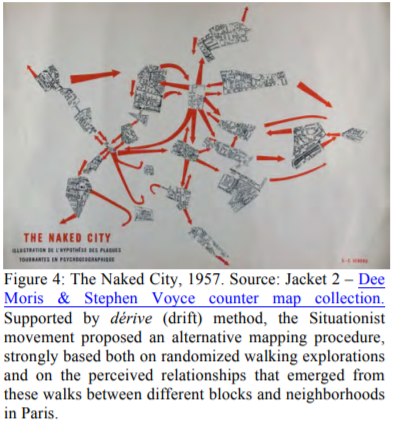Nathalie Metzelaar
Drifts
Inspiration
Noteworthy
Takes
Emotional cartography
It must have been dark by then
Do you notice the world around you gradually changes?
There is always something happening somewhere else.
It Must Have Been Dark by Then is a book and audio experience that uses a mixture of evocative music, narration and field recording to bring you stories of changing environments, from the swamplands of Louisiana, to empty Latvian villages and the edge of the Tunisian Sahara. Unlike many audio guides, there is no preset route, the software builds a unique map for each person’s experience. It is up to you to choose your own path through the city, connecting the remote to the immediate, the precious to the disappearing.
"How many real choices have you made on your walk so far? maybe you've just followed familiar roots, or just drifted through this place"
Refik Anadol
Digital project mapping?
Masking???
Refik Anadol Studio
SEOUL LIGHT: SEOUL HAEMONG
Public art, a/v performance
https://www.instagram.com/p/CFbZ5ueF_ji/
Texture Coursework Guide
WEAVING TEXTILES
CLOSE ENCOUNTERS WITH NATURE
As well as creating textures, artists are often inspired by the textures they see around them. Textures are everywhere – but it’s often worth looking closely! Bark, moss, leaves, rocks … nature is full of interesting and inspiring textures. Photographs are a good way of exploring textures and seeing them in a new light.
RECORDING TEXTURES
For her project Still Water (The River Thames for Example) 1999, artist Roni Horn used her camera to record the textures and colours of the River Thames at different locations. The colour and texture of these watery surfaces varies dramatically between images. Tidal movement, the time of day and the weather all affect the water’s texture and colour.
Richard Long was also interested in recording textures in nature. But rather than using a camera to record the textures, he got hands on! By laying paper on the surface of rocks and then scribbling with a crayon or pencil over the top, he created a series of richly textured drawings.
NATURE INTO ART
The beautiful textures created by nature are artworks in themselves. But nature’s textures can also inspire drawings, prints, paintings and sculptures.
From gravelly deserts to waves in the sea, artist Vija Celmins makes mesmerising drawings and prints from textured natural surfaces.
By filling the paper with a seemingly never-ending pattern of waves or rocks, she creates a sense of the vastness of nature.
French artist Jean Dubuffet made textured collages that often include dried and pressed plants. He then used these collages to make prints.
CLOSE ENCOUNTERS WITH THE EVERYDAY
EXPLORE MORE ARTWORKS INSPIRED BY SURFACES
Art + Cartography
At the turn of the 21st century, the relationship between art and cartography reached another turning point with the growing interest in approaching artwork as a source of spatial information that could be mapped. This trend includes a notable enthusiasm for mapping all sorts of stories and narratives (Caquard and Cartwright, 2014).
The interest in mapping places now transcends literary studies and reaches any branch of the humanities that seeks to better understand the deep relationship that people have developed with places over time. These intimate connections of individuals and communities with places are often explored through the combination of artistic maps with narratives, a procedure intended to highlight emotions and personal links with places. (??Emotional Cartography???)


The third main intersection between art and cartography identified in this entry refers to the use of cartography as a way to investigate our relationship with place, with and within different forms of artistic expression. This kind of inquiry can be done for three main purposes: (a) to examine fictional and non-fictional narrative structures through their spatial dimensions, (b) to understand places as they appear in artworks, especially in films and novels, and (c) to explore our personal and emotional relationships to places.
Google Earth Engine
Captures from Google Maps (colleciton)
Filter more than 2,500 Earth Views by color or region
Once I started to work with local community organisations for longer periods of time and in less central town areas, where people lived in and cared about (and not just worked or shopped), the annotations changed dramatically. Instead of being just about their momentary sensations in the space, participants told stories that intermingled their lives with the place, local history and politics.